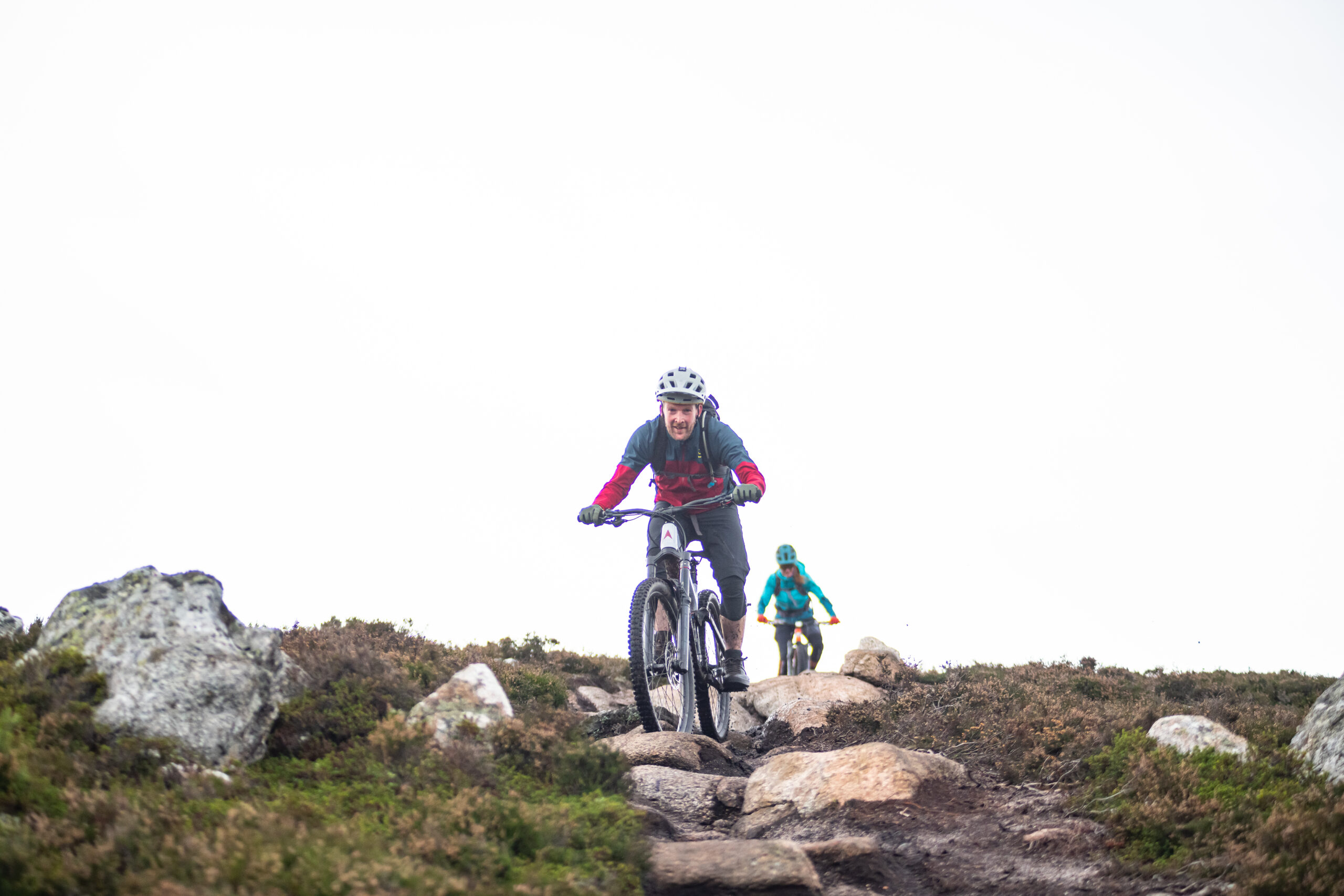The Vitus Sommet 297 CRS is an enduro bike, aimed at riders who not only want to tackle steeper, rougher tracks or big lines at bike parks, but also might fancy cable tying a race number on at some point.
Prices range from £2,700.00 for the base CR model, to a cool £4,600.00 for the AMP flagship bike.
- Brand: Vitus
- Product: Sommet 297 CRS
- Price: £3,199
- From: vitusbikes.com
- Review by: Antony de Heveningham for 3 months

Three things I loved
- Not just a great value bike, but a great bike full stop
- The Zeb fork is as good as it gets at this price point
- Top end tyres on a complete bike make a world of difference
Three things I’d change
- Torque cap hub adaptors please
- A more exciting colour would be nice
- As would an all-alloy version for less enviro-guilt
The Vitus Sommet 297 CRS sits snugly inside the lower half of this cost/bling matrix, with a part carbon, part alloy frame decked out with a nice mix of parts, including RockShox suspension, a Shimano drivetrain and Shimano SLX 4-piston brakes.
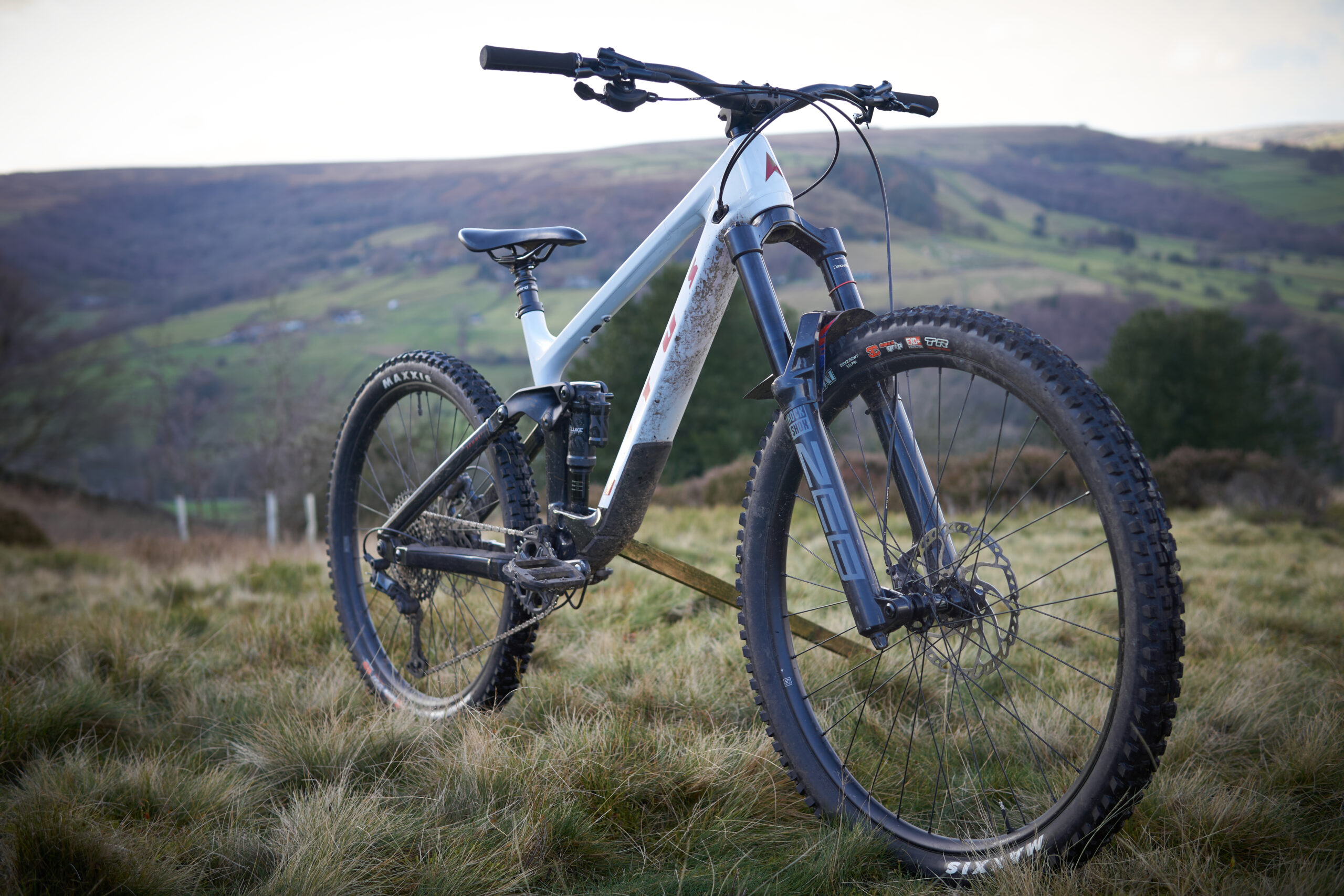
With a full 170mm of travel at each end, it uses a smaller back 27.5in wheel and a 29er up front. This configuration is pretty ubiquitous in the bike industry these days, and the idea is that the smaller wheel and shorter back end creates a responsive, playful feel, as well as providing additional arse clearance for those ‘will it roll?’ moments on chunkier trails. For anyone who isn’t convinced by the concept, the Sommet is also available as a regular 29er.
The frame is a game of two halves. The finish of the carbon front triangle is excellent, with a nice subtle aesthetic – although I’m not sure the world needs yet another bike in a shade of ‘British seaside holiday’ grey. The large size fits a full size water bottle, there are extra mounts for a ride-saving toolkit or similar, the frame has a good old threaded BB shell, and details like internal cable ports are executed much more neatly than some big brand frames I’ve seen.
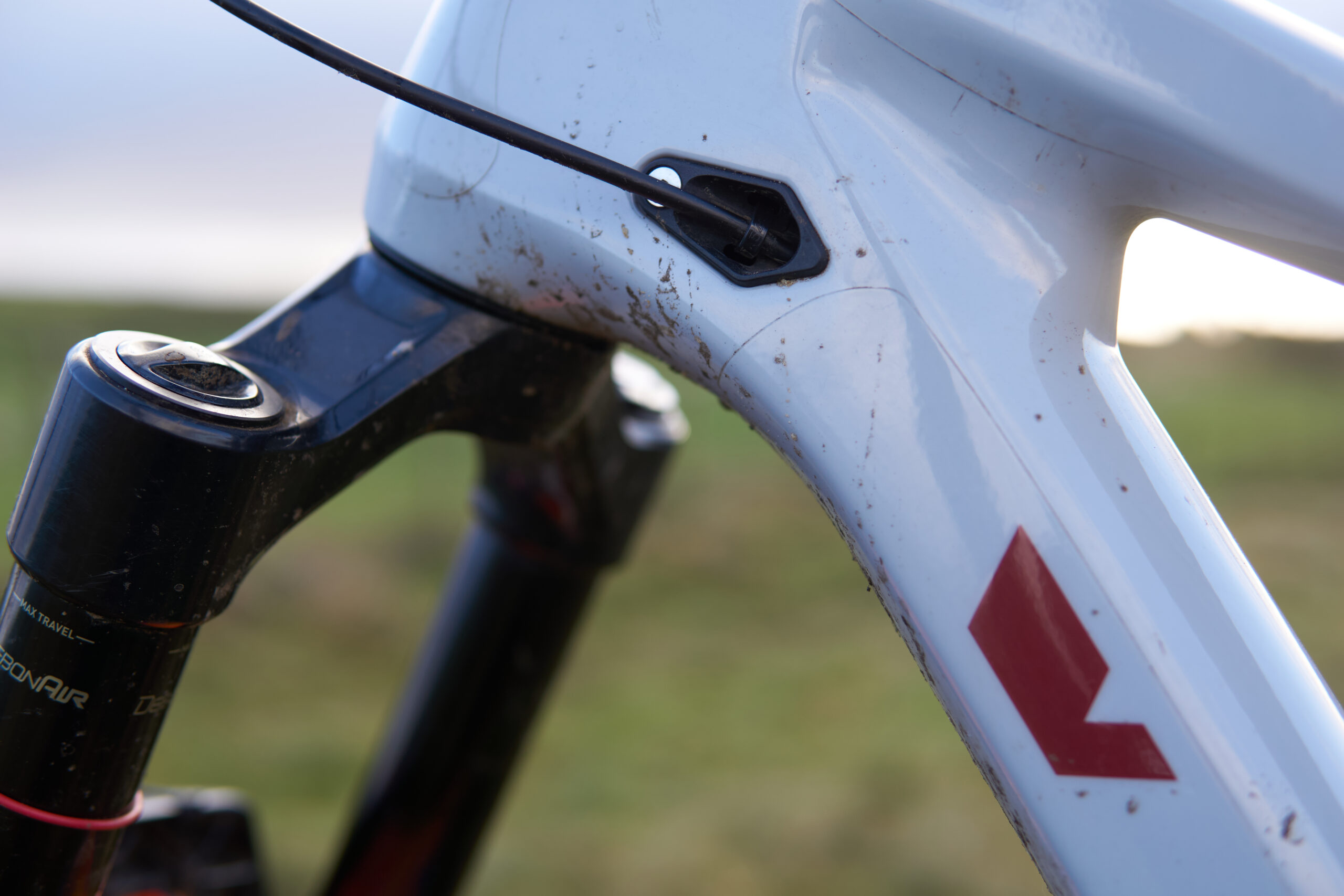
Speaking of cable ports, there’s an additional one on the underside of the downtube, giving the option to fit a remote shock lockout – not essential by any means, but a sign that Vitus are aiming this model range at racers who might be hustling up a fire road climb to make the start of the next stage. The alloy back end of the bike, and the chunky suspension rocker link, are a bit more agricultural, but still have some nice touches like the neat rubber chainstay protector.

Geometry is very much what you’d expect for a bike of this genre: a 64° head angle, 77° seat angle and decently lengthy 471mm reach on a size L. The lower shock mount also features a flip chip that knocks the head angle back by half a degree but lifts the BB height by 6mm, which could be handy if you’re planning to take it on some super-rocky big mountain trails.
I’m 5’10 which puts me between M and L sizes. I had no issues riding a size L, but there’s scope to cut the 800mm bars down or fit a shorter stem if you’re not sure whether to size up.
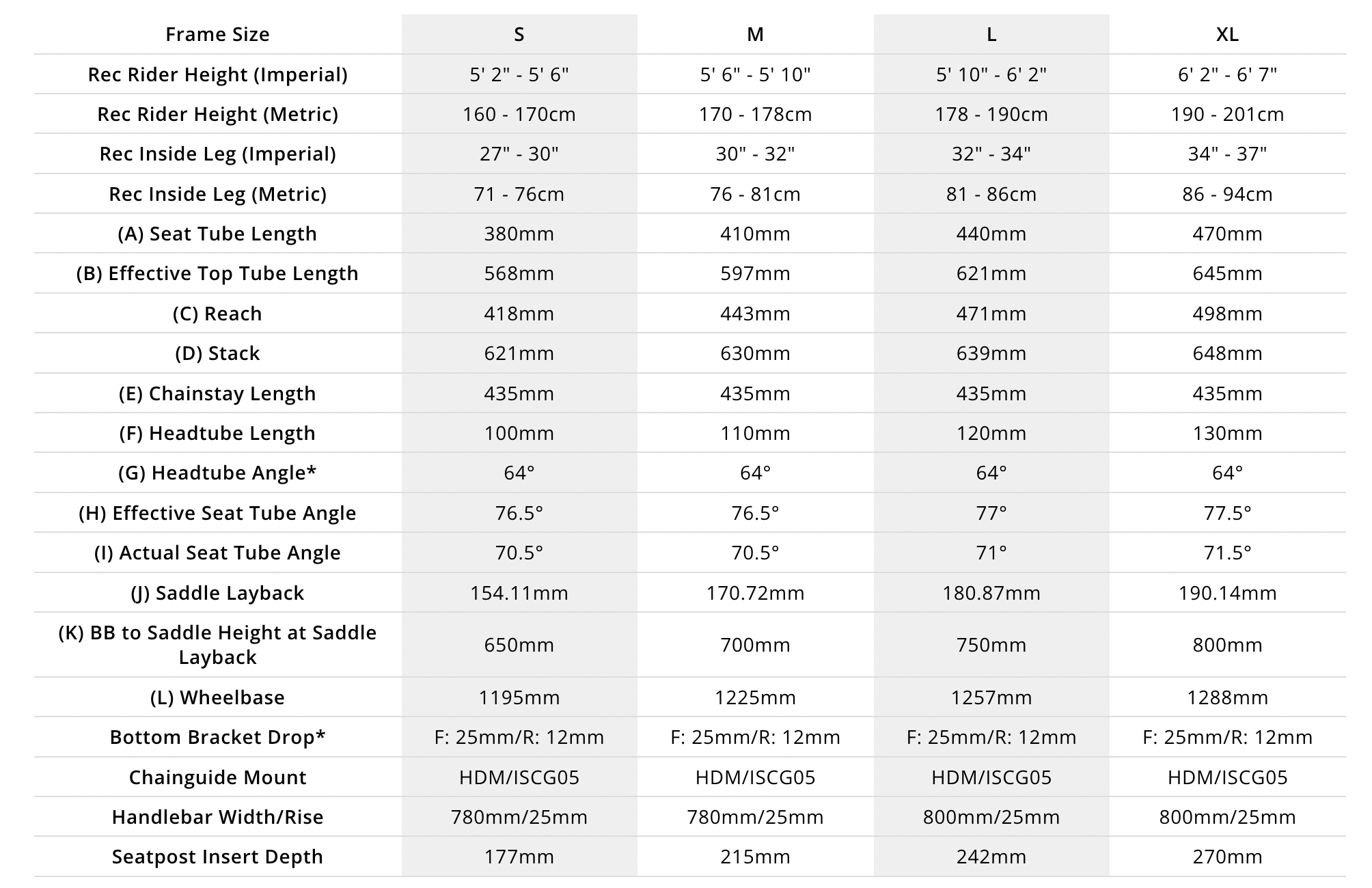
It’s always good to see Shimano drivetrain and brakes on a complete bike, and SLX level is a nice compromise between functioning well, and not making you cry should you snap a brake lever, or find your chain and cassette have worn out. 170mm cranks are another good spec choice, making unwelcome pedal/rock interfaces less likely. There’s a frame-mounted chain guide too.

The RockShox suspension comes from the lower branches of the fanciest model tree, and the Nukeproof Neutron wheels are another sensible performance/price compromise, even coming with clever dust caps that can tighten up your leaky valve cores. Finishing kit is also in-house, with Nukeproof bars, stem and saddle, and a Brand-X cable-operated dropper post, in a sensible 170mm length for this size.

The Ride
The perennial question around 170mm travel ‘super enduro’ bikes is whether I’d really need one for the sort of riding I do. Well, having ridden the Sommet for a few months, the answer is that it’s irrelevant – it’s incredibly fun to ride on any trail with a bit of favourable gradient, can be pedalled up and along anything else, and happily tackles trails that I’d be leaving well alone on a bike with more of a general trail riding remit.
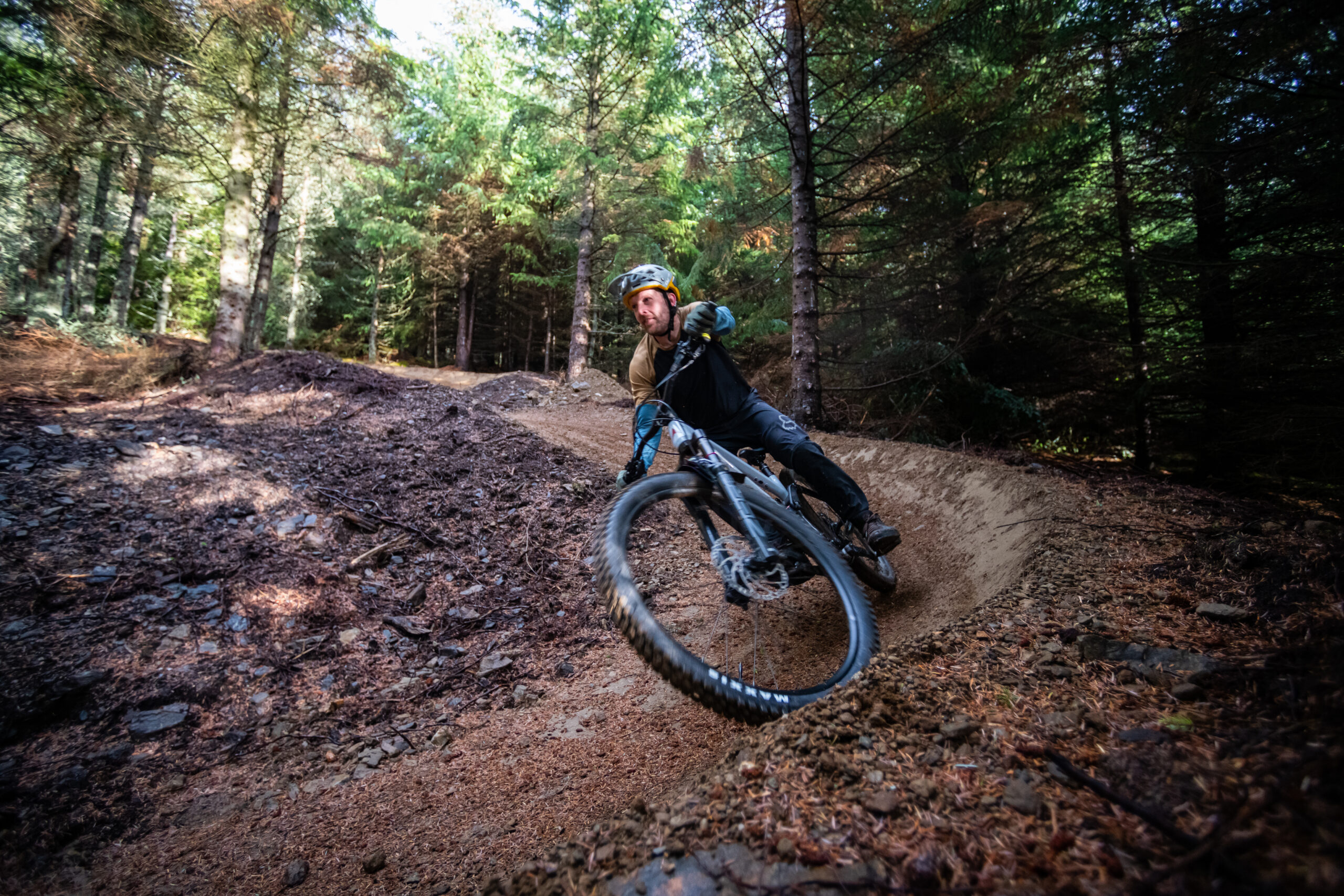
For someone coming from a full 29er setup, the smaller back wheel takes a bit of getting used to. With nearly 7 inches of travel plus a big 29er tyre, the front end feels higher than the geometry numbers suggest, while the back end is noticeably lower and more responsive. It’s a bit like someone has cut and shut the front end of downhill bike and the back end of a fun, poppy trail bike, although the feeling isn’t as pronounced as some mullet bikes. I found it a bit awkward on the first couple of rides, then we clicked and the good times began.
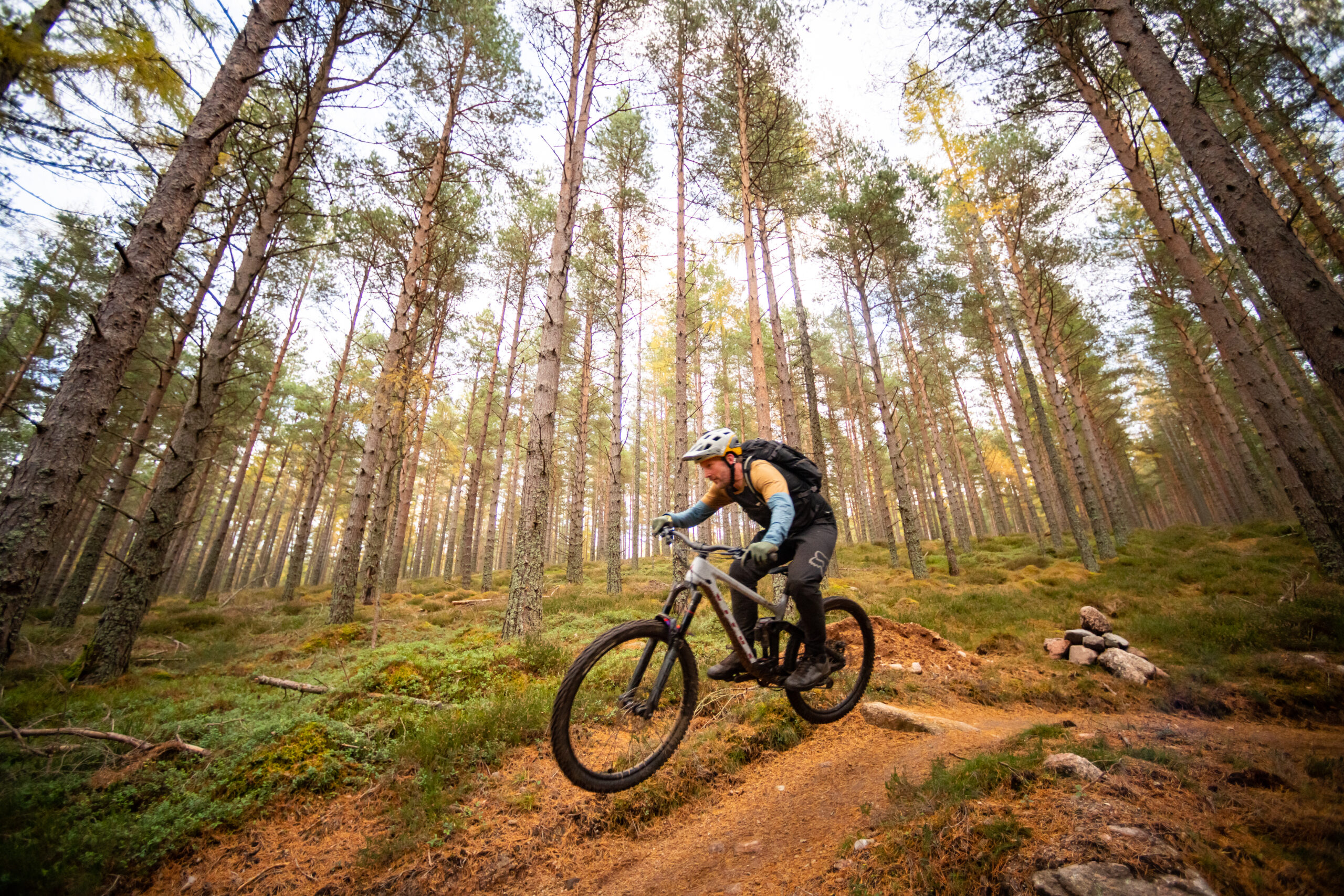
One thing that makes the Sommet stand out is its excellent suspension, particularly the Zeb Select fork. As with 170mm travel bikes, forks with 38mm stanchions might seem a bit OTT until you actually ride one. The stiffness translates to the fork working really well even under a substantial fore-aft load (such as that caused by a slightly overweight idiot panic-braking on a steep bit of trail).
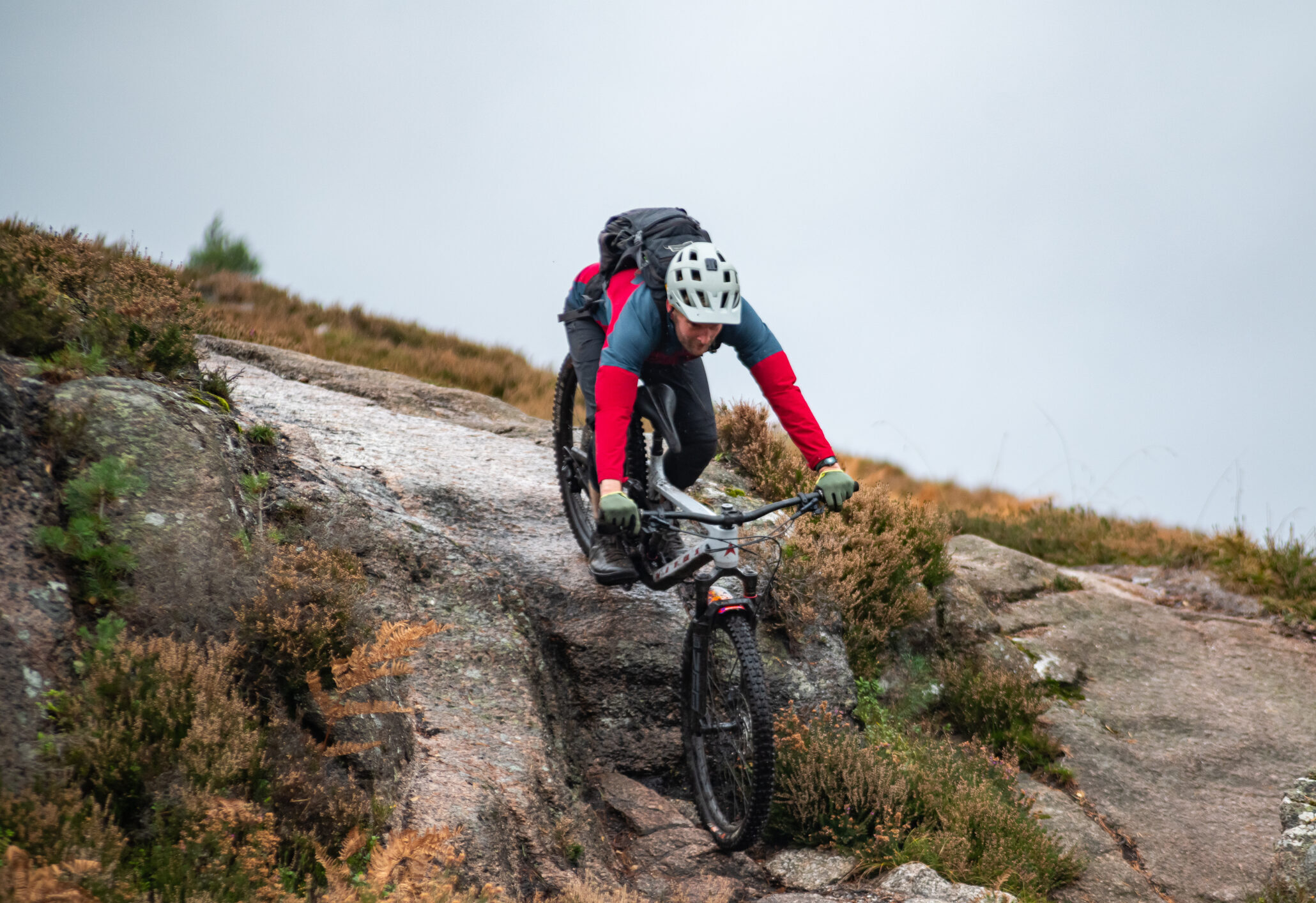
The Debonair+ air chamber helps stop the fork diving when your weight is right over the front, and really helps give the feeling that if you ride techy sections with conviction you’ll emerge unscathed. The Zeb Select doesn’t have the vibration-damping Buttercups of the top-end models, but with a 31.8mm bar and basic but comfy grips, I’ve not had issues with hand fatigue or arm pump. The only minor annoyance is the huge diameter Torque Cap dropouts, which are mismatched to the narrower end caps on the front hub and make front wheel installation a slightly fumbly affair.
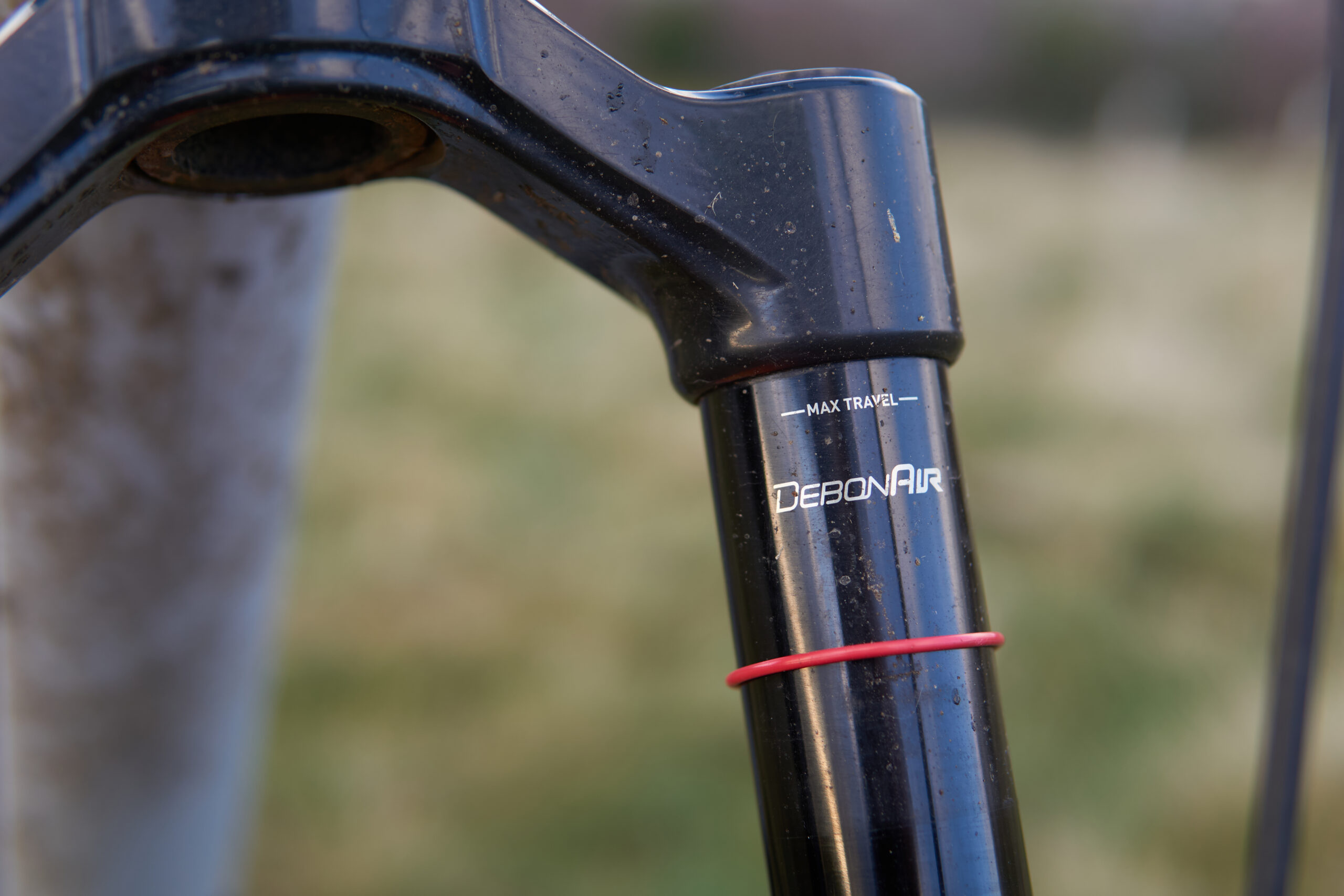
The rear suspension is plush and works really well – perhaps a bit too well, as with the standard 30% sag it’s quite easy to get through all the travel on offer. I’ve not really noticed it bottoming out, but a more aggressive rider should probably stick a volume spacer in there. Even in stock configuration though, it does an excellent job of keeping the back end under control through whatever you’re pointing it at, and I’ve rarely noticed the smaller rear wheel getting hung up on anything. The lockout switch is tuned to be very on/off, rather than just firming up the damping, so if you use it you’ll need to remember about it – or fit a shock with a remote. It’s easy to reach down and flick while riding though.
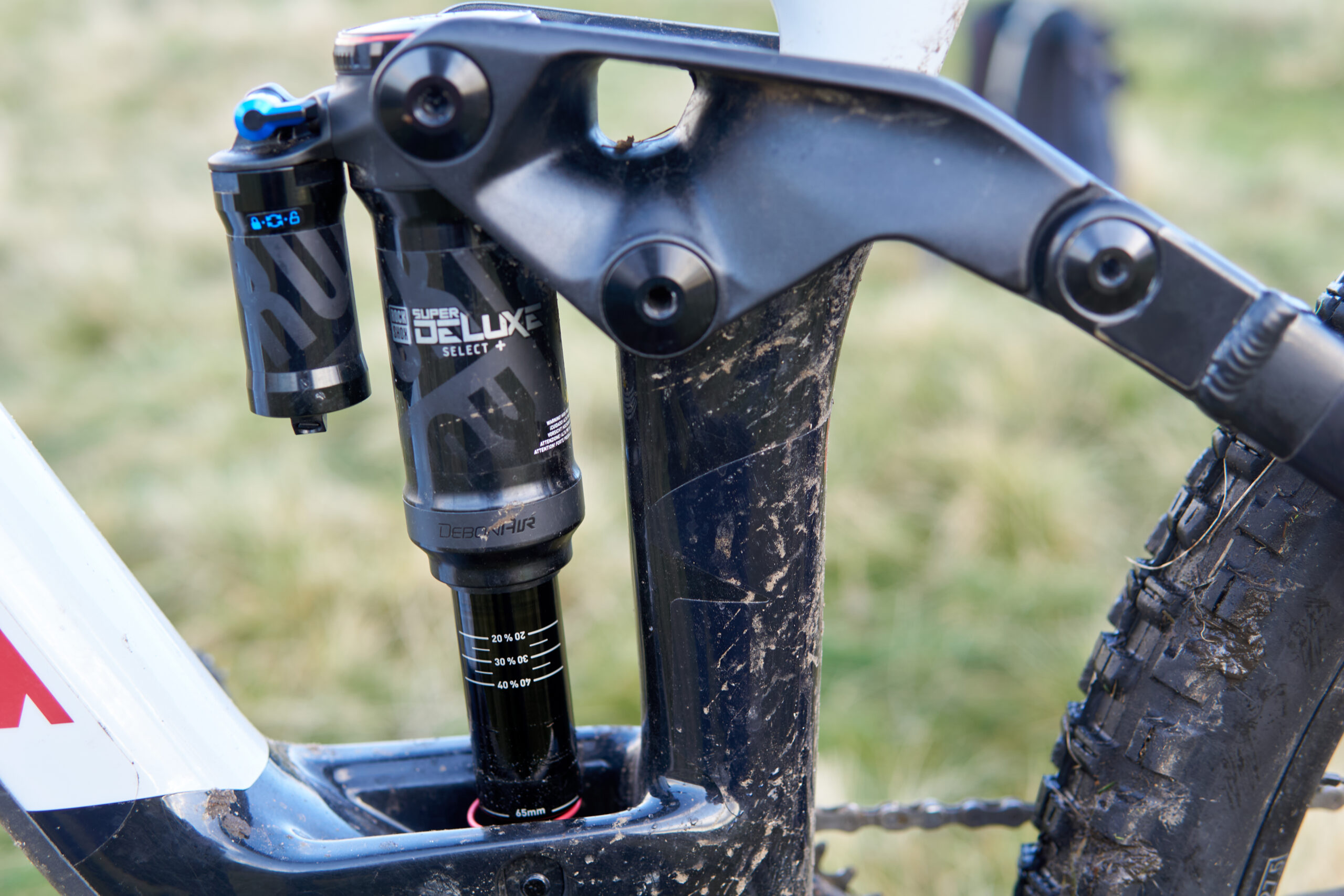
No corners have been cut with the tyres on the Vitus Sommet 297 CRS. I have a Maxxis Assegai on the front of my own bike as a dry summer tyre, but the Maxxgrip WT version on the Sommet seems to be happy sticking to almost anything, even when the roots and rocks are liberally sauced with winter mud. Being able to really weight the front tyre without worrying about it makes a huge difference to your confidence, and it’s part of the magic formula that makes this bike so good on challenging trails. At the rear, the Minion DHR II Double Down tyre has survived bashing through some chunky trails with no pinch flats or burps, so full marks there too.
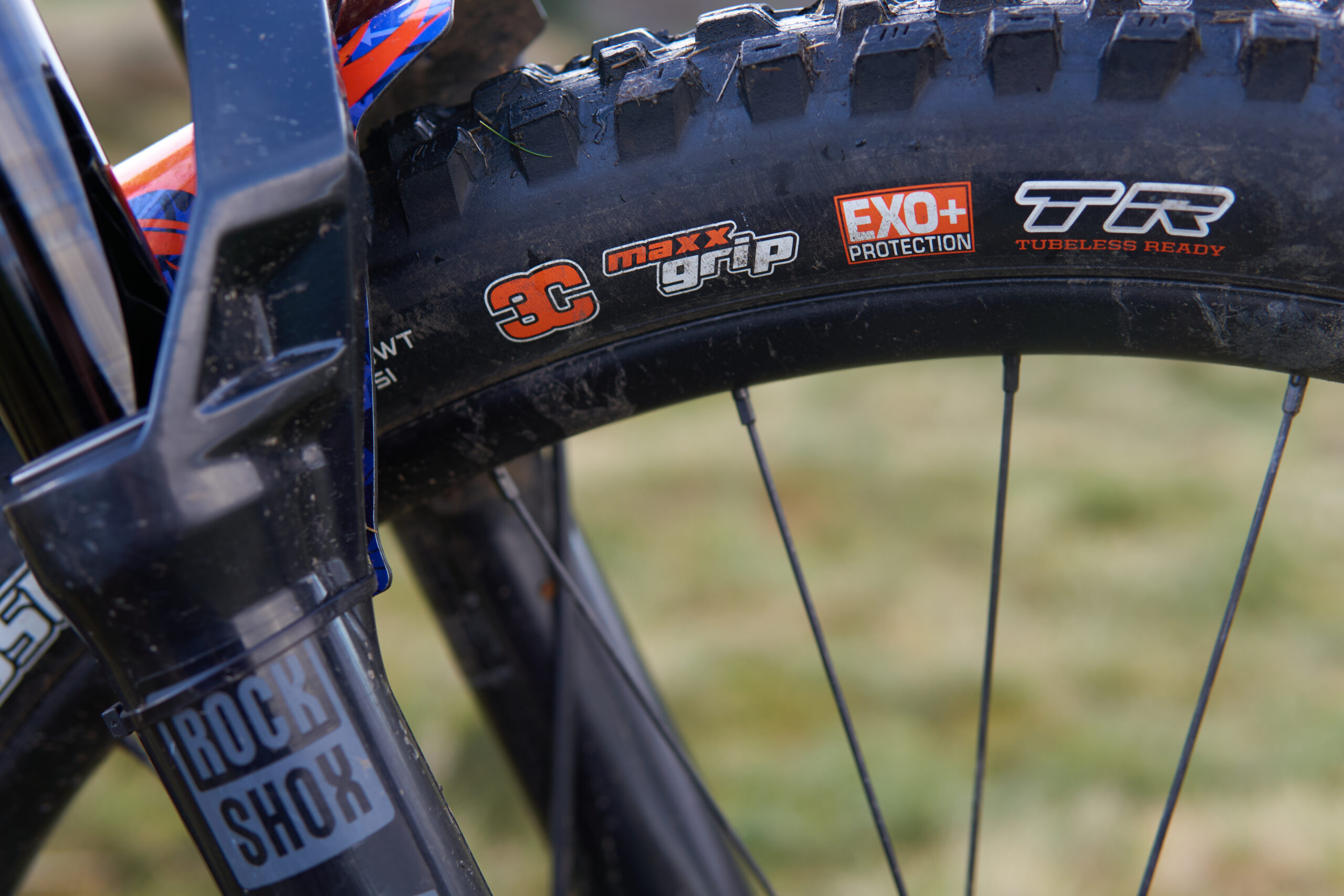
Another spec highlight on a bike full of them is the Shimano SLX 4-pot brakes, which are much more powerful and controllable than their 2-piston siblings. 203mm rotors front and rear are another great choice for a bike that’s designed to go fast, but let you stay in control.
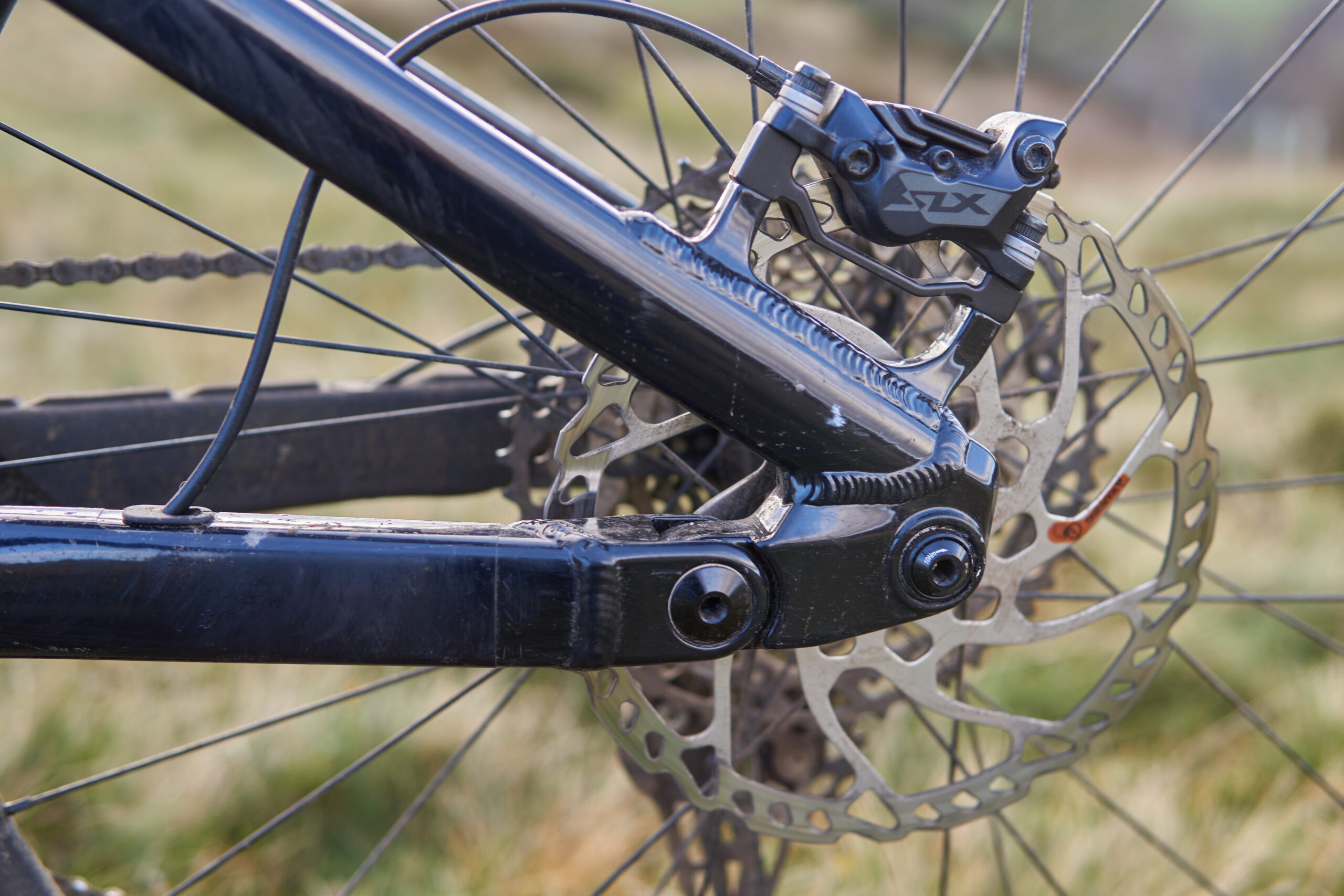
Climbing and longer rides on the Vitus Sommet 297 CRS are not its forté, yet they’re also surprisingly bearable. The bike wears its weight and travel well, up to a point. Technical climbing took a bit of adjustment as the front end of the bike is a bit higher than I’m used to, and the bike feels it has a slightly slacker seat angle than the figures claim. The lockout switch hasn’t been used much, but was a good psychological boost on long drags.
Without doing some serious back-to-back testing with the full 29er version under a very consistent rider, I can’t say whether having odd wheels makes a difference to how quick the bike is overall. However it’s been genuinely grin-inducing to ride whatever the trail, from fast flowy woodsy stuff to lumpy Scottish granite. The differences between this and the 29er version mainly boil down to 5mm shorter chainstays, plus the rollover ability of the bigger wheel.
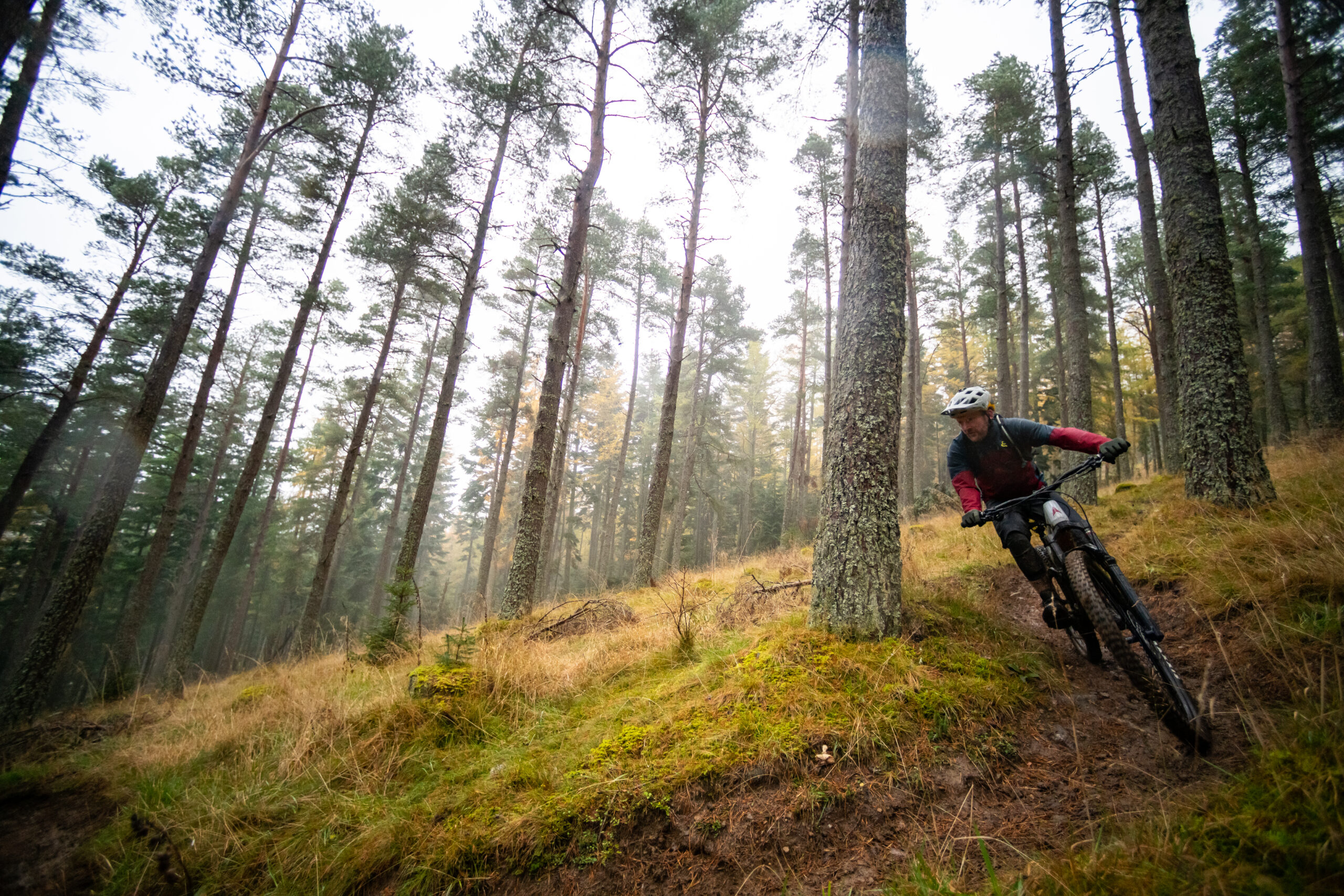
Durability notes
I’ve ridden the Vitus Sommet 297 CRS through some pretty filthy conditions and it has kept on trucking almost flawlessly. There have been some shifting issues due to a knocked rear mech, and on one ride the dropper post stopped working, but in fairness it was -6℃, and other people on the ride were getting the same issue.
Even parts that I’d expect to show wear, like the super soft front tyre and the brake pads, are pretty much as they were when I picked the bike up. The finish of some carbon frames can be a tad fragile, but in this case the whole bike has been well taped to protect it. From a sustainability point of view, I’d prefer there to be an alloy frame option too, even if it meant carting a bit of extra weight around.
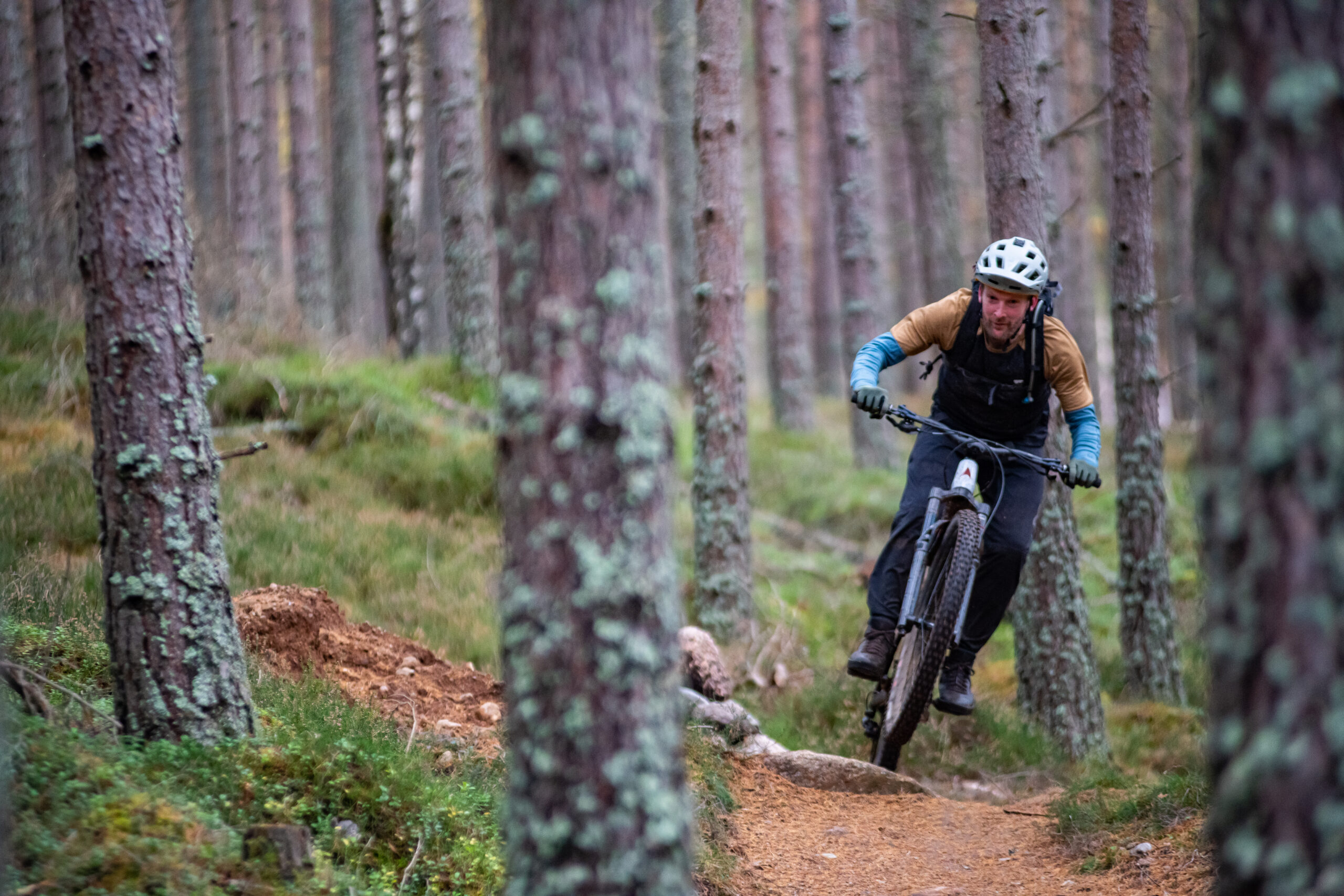
Overall
At one time, Vitus bikes never seemed that exciting to me, but maybe I just wasn’t looking hard enough at what they were offering. Not only does the spec of the Sommet tick every box for me, but the bike as a whole is a great performer on any trails that start to push its rider’s limits.
As a direct sales bike, you don’t have the reassurance of a local dealer to help you set it up, answer your questions or deal with any warranty issues should the worst arise. That’s the trade-off for getting a really well-specced complete bike for less than the price of some brands’ frames alone. As someone who’s a dabbler of toes in the pool of more technical riding, the Vitus Sommet 297 CRS would definitely be on my shortlist if I decided to immerse myself fully.
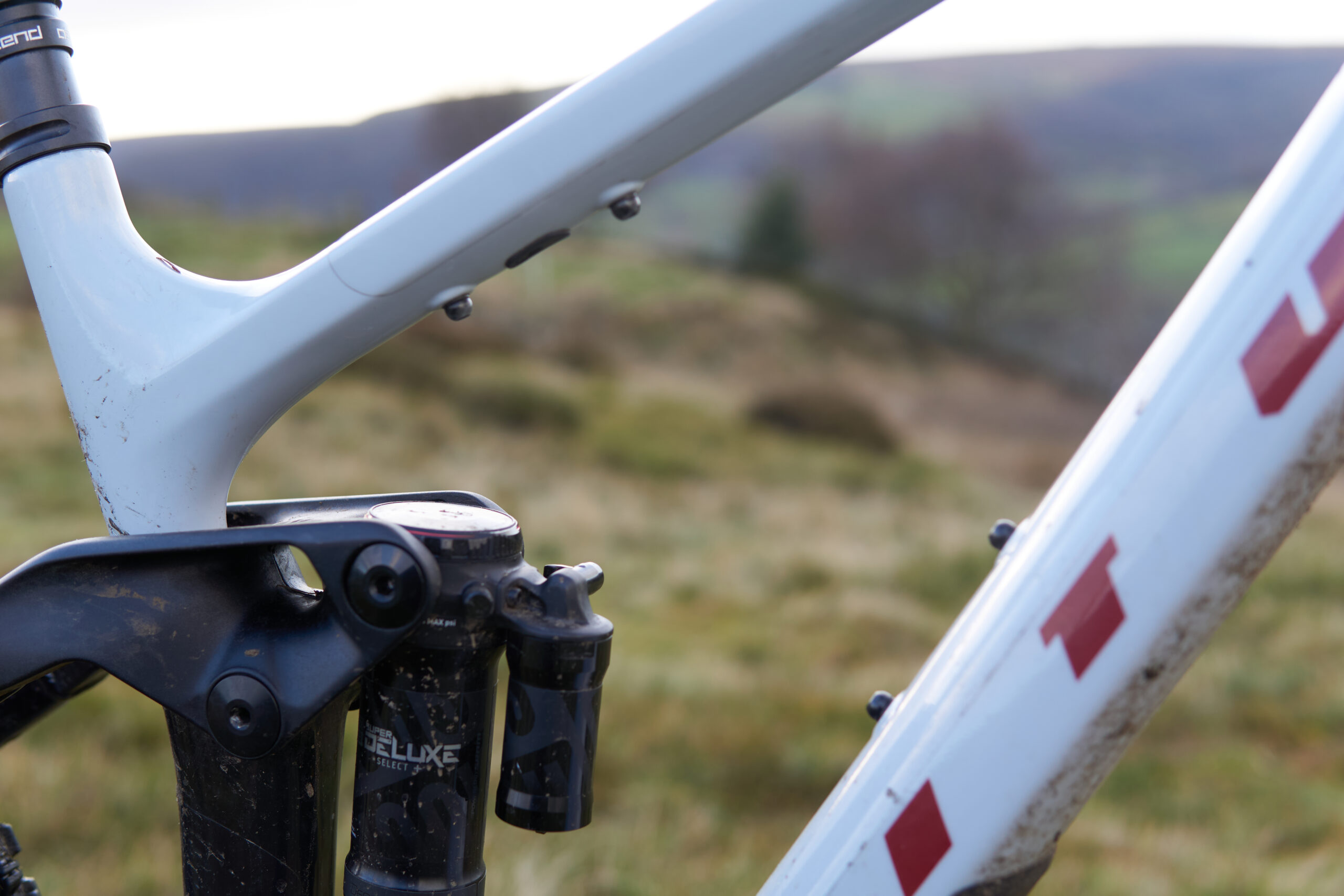
Specification
- Frame // T700 carbon front triangle, 6061-T6 alloy rear, 170mm travel
- Shock // RockShox Super Deluxe Select+ RT, 205mm x 65mm
- Fork // RockShox Zeb Select 29″, 44mm offset, 170mm travel
- Wheels // Nukeproof Neutron V2 Wheelset, 32h
- Front Tyre // Maxxis Assegai 29″ x 2.50″ WT, 3C MaxxGrip compound, EXO+ casing
- Rear Tyre // Maxxis Minion DHR II 27.5″ x 2.4″, 3C MaxxTerra compound, DD casing
- Chainset // Shimano SLX M7100, 32T
- Shifter // Shimano SLX 12sp
- Rear Mech // Shimano SLX M7100 12sp
- Cassette // Shimano SLX M7100, 12 Speed, 10-51T
- Brakes // Shimano SLX 4-piston, 203mm rotors
- Stem // Nukeproof Neutron AM, 31.8mmø, 45mm length
- Bars // Nukeproof Neutron, 31.8mmø, 800mm width
- Grips // Vitus Lock On
- Seatpost // Brand-X Ascend, 170mm
- BB // Shimano
- Size Tested // L
- Sizes Available // S, M, L, XL
- Weight // 15.3kg
Geometry of our size L test bike
- Head angle // 64°
- Effective seat angle // 77°
- Seat tube length // 440mm
- Head tube length // 120mm
- Chainstay // 435mm
- Wheelbase // 1,257mm
- Effective top tube // 621mm
- BB drop // F: 25mm/R: 12mm
- Reach // 471mm
